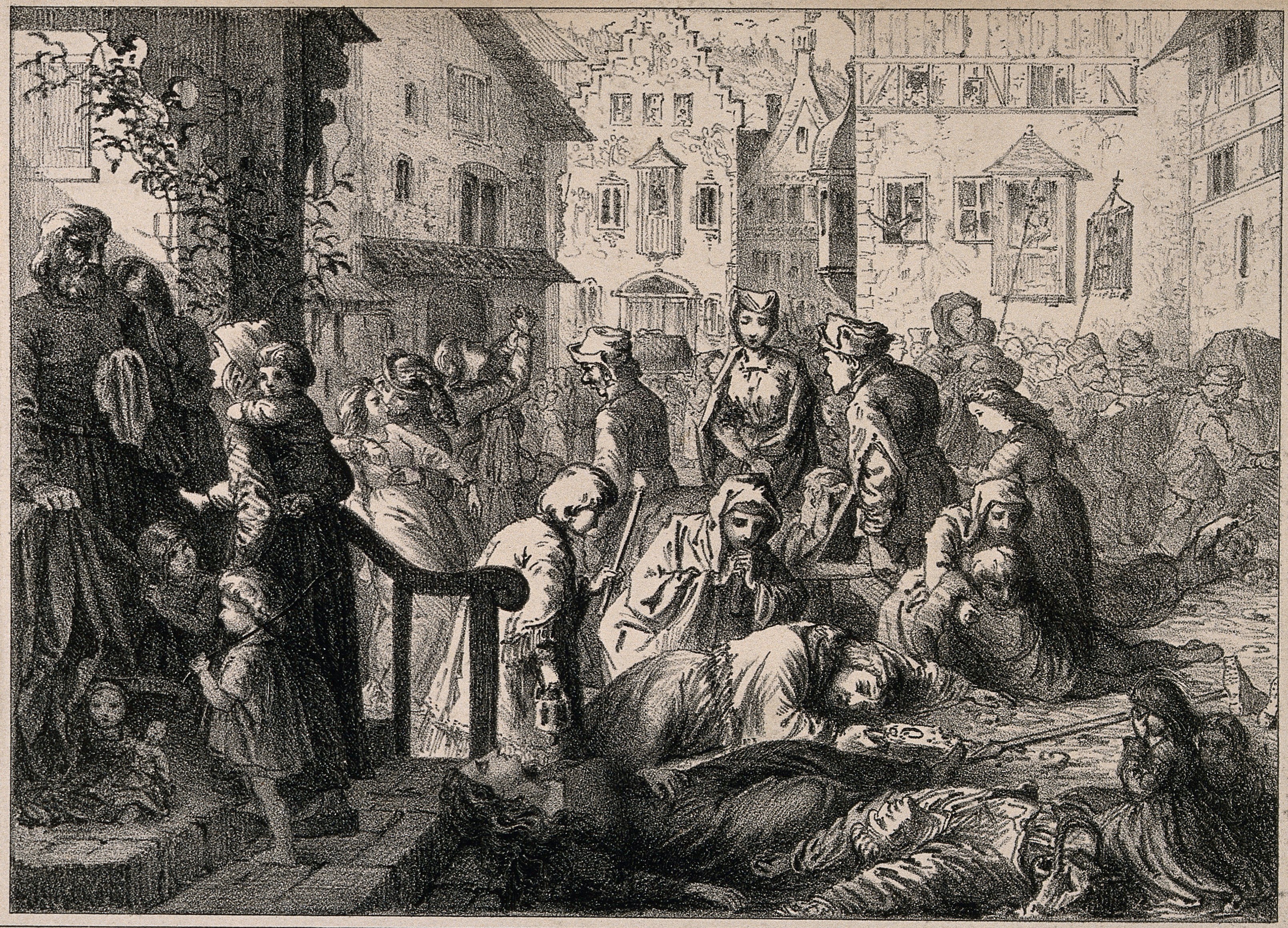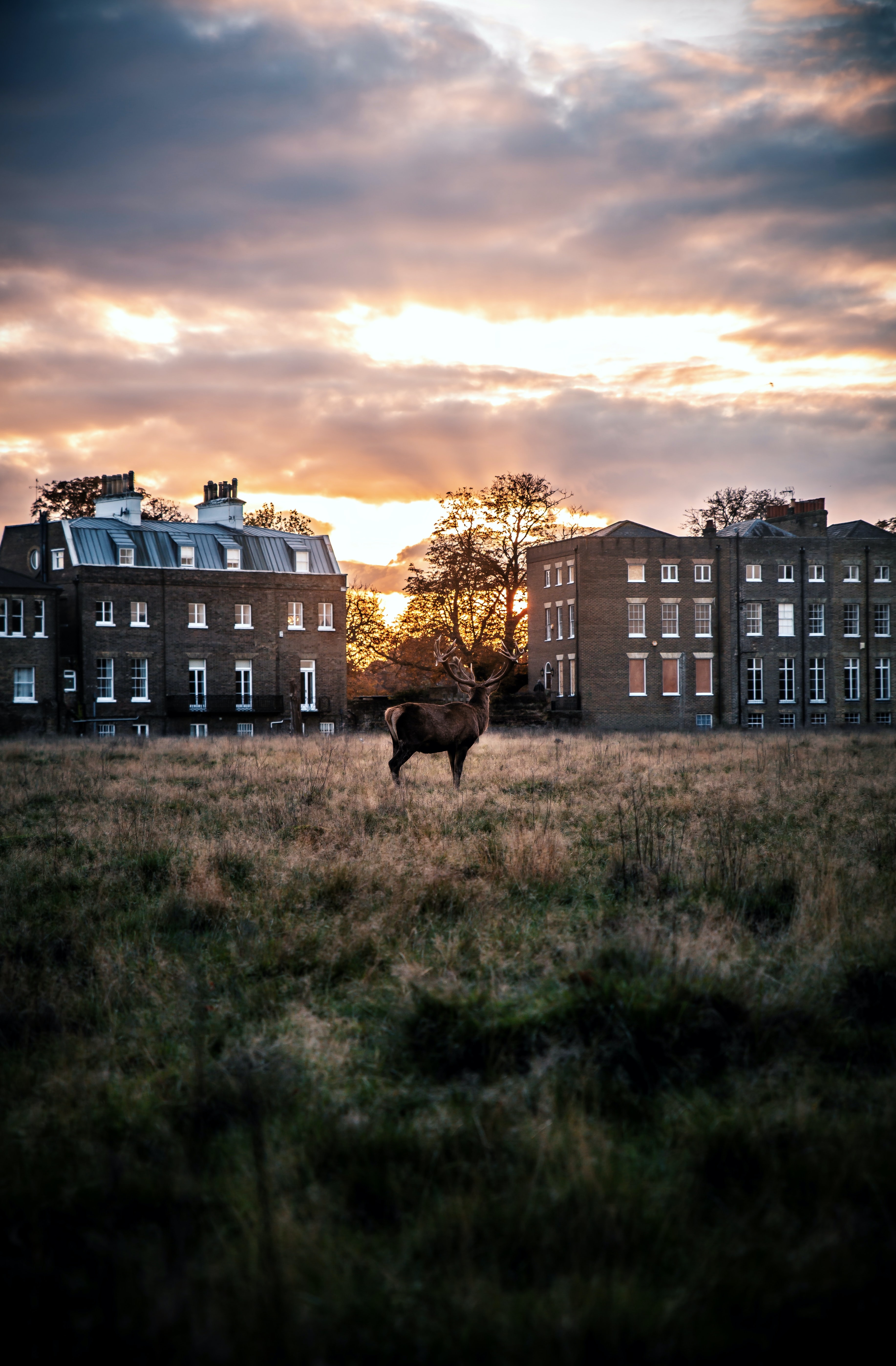
The pandemic will change our lives forever, we hear all around us. It will have economic consequences, because millions of people will be left without work. Social consequences, because we’ll replace direct human relations with substitutes in the form of video connections on communication software, remote work and online schools. And cultural consequences, if no more than the way foreign travel will become a rare and costly pleasure, and huge sport events and concerts will be dangerous attractions.
If we look back into history, we see that many epidemics have brought unexpected changes: short- and long-term, geostrategic, and in individual lives. Plagues have driven changes in philosophies of life, spread new trends (not always enlightened one) and toppled powers. The Lebanese-American scholar Nassim Nicholas Taleb called these unpredictable shocks, which govern our world and our lives, “black swans”. A beautiful name for the coronavirus and other miseries!
End of empires
In the Bible, the appearance of a plague is usually treated as a divine punishment, or at least that’s how the leaders of the Israelites presented it. If one affected the chosen people, it was for departing from the faith. If it affected their enemies (e.g. the Egyptians), it was for persecuting the devotees of Yahweh. Pharaoh’s subjects avenged themselves with stories of how the Israelites escaping Egypt spread leprosy and other diseases. These bouts of fake news were later seized on by a few thinkers from the circles of Greco-Roman civilization, and they became one of the causes of the development of anti-Semitism.
Speaking of Greece and Rome, their history was affected by great epidemics several times. One came in 430 BCE, not long after the outbreak of the conflict between Athens and Sparta, where the prize was hegemony over the Greek world. Till today we don’t know whether it was plague, typhus, smallpox or perhaps some kind of haemorrhagic fever. Apparently it arrived from Ethiopia, via the Near East. When it got to Athens, it killed thousands of people – one quarter of the population. Those who survived reproached the gods of Olympus and started to live as if there were no tomorrow. Among the victims was the famous Athenian leader Pericles. If he had lived, the outcome of the war might have been different. As it was, the Spartans won; the Athenians succumbed. Otherwise the Athenians would have become so powerful that we certainly would never have heard of the Macedonians and their leader Alexander.
The Roman Empire was also stricken by a plague at the height of its power, in the 2nd century CE. Again, we don’t know exactly what disease it was, only that it appeared in 165, during a military campaign in the Middle East against the Parthians. The legions spread the epidemic to the entire Empire; it raged until 180. The effect: the death of up to 20 million residents of the Empire, perhaps as much as 20% of its population. And also the death of the intellectual Caeser Marcus Aurelius during another unlucky military campaign (remember the film Gladiator?). Rome never again regained the strength it had before the epidemic.
Hundreds of years passed; another empire arose, along with another pestilence. In Byzantium under Justinian the Great, an epidemic of plague broke out in 541. Apparently 10,000 people a day died in Constantinople. The epidemic died out a year later, but its economic and political effects shook not only the Byzantine Empire, but also the entire Mediterranean world and the Near East. According to one hypotheses, the long period of unrest, shortages and hopelessness that followed the plague affected Mohammed’s religious musings and the success of Islam.
Will the current COVID-19 epidemic also cause a reshuffle on the global chessboard? Definitely. Especially as the strongest democratic powers of the West are struggling painfully with the pandemic, which their authoritarian competitors from Asia are supposedly handling quite effectively and comprehensively. This could stimulate certain minds to unexpected conclusions.
A better life after the Black Death
Sooner or later, changes in the international arena will always affect the lives of ordinary people. But sometimes death contributes to rebirth. That’s how it was with the plague that reached Europe in 1346. It had started a few years earlier in Central Asia or China. From there, the Black Death reached the West via the Silk Road, leaving millions of victims strewn along its path. Historians today estimate that Europe lost 60% of its population – almost 50 million people. It reached its pre-plague population level only a century and a half later.
The large cities turned into giant charnel houses. Only the rich, and just a few of them, could close themselves off in isolated suburban villas, enjoying fresh air and killing time like the heroes of The Decameron. During the time of the Black Death, as in the ancient epidemics, people forgot about rules and strict morality. Bodies were buried in mass graves, without priests or prayers. The effect? Some, unsure of tomorrow, plunged into drunkenness and debauchery. Others took the path of devotion and moralizing. Still others sought the guilty among Jews and lepers – the latter had golden crosses sewn to their clothing and were ordered to carry clappers when walking in the streets.
When the epidemic died out, a new world was born, particularly in Northern Italy. The old order had been undermined, because neither wealth, nor armed force, nor social position, nor fervent faith was any help against the disease. So people started to wonder whether in the shackles of the old habits, they had lost the sense and the joy of life. In fact, in their new situation it suddenly turned out that they could change themselves and the world around them. After the epidemic, Italy faced a shortage of workers, so wages rose, and labour became more mobile. And entrepreneurial: a former poor agricultural worker could gain assets, and not worry about the aristocrats. The commoners, heretofore despised, raised their heads, while the power and influence of the noble families clearly weakened. The clergy, in turn, which during the time of the plague sinned at least as much as the rest of society, lost its monopoly on omniscience – and on education.
Renaissance humanism concentrated on the person, asked bold questions, learned rational and critical thinking, reached bravely for the heritage of the ancients, appreciated the value of art. Individualism created great thinkers, artists and their patrons, like the Medicis of Florence. And the currents from Italy flowed across the Old Continent, also providing the impulse for a great religious change: the Reformation.
The old maps were also cast aside. Soon Europeans’ expanded imaginations and appetites (often unfortunately voracious) had propelled them across the ocean. The era of the great geographical discoveries began. But the Renaissance didn’t stop the diseases. And long-range travel brought a new epidemic – one that was tragic for the residents of the Americas. From 1545–1576, infections from the Old World killed millions of Native Americans. In Europe, in turn, syphilis appeared, supposedly brought back by Columbus’s sailors (though its symptoms can be seen in figures on the altar in St. Mary’s Basilica in Kraków, which is several years older). The shameful sexually transmitted disease pushed doctors and inventors to work. They started to create devices including condoms – the first ones made of linen and tied with a bow.
Slaves, vampires and James Bond
A disease with quite a specific influence on history is malaria on the south-east coast of North America. When colonists from England tried to settle there at the start of the 17th century, they were attacked by this debilitating disease. In the fields of Virginia, there was nobody to work. The Europeans couldn’t survive; neither could the Native Americans. And then somebody pointed out that slaves brought from Africa had a lot higher resistance. That’s how the American South became a land that slavery first enriched, and later presented with a hefty bill. But it’s worth noting that the first ‘black republic’, Haiti, owes its creation to an anti-French slave rebellion, during which yellow fever decimated Napoleon’s army in the Caribbean.
Further epidemics appeared, died out and returned. Frauds, miracle workers and doctors took advantage of human misfortune, using such ‘effective’ methods as bleeding the sick or recommending that they smoke tobacco. Their influence started to be limited in the 18th and 19th centuries. This was the time of smallpox, typhus, tuberculosis, cholera – but also of dynamic development of science. Researchers identified germs, worked on vaccines, called attention to hygiene in daily life and recommended trips to health spas.
But the plagues still showed their claws. Especially in wartime conditions, such as in 1812. Napoleon Bonaparte lost more soldiers in Russia to a typhus epidemic than to the Tsar’s armies. There was also a lack of education. It was widely believed that baths increased the risk of infection, so being filthy was a healthy way of life. In the isolated villages of Eastern Europe, for a long time tuberculosis victims, coughing blood, were taken for potential vampires. Here and there, doctors and nurses were attacked as spreaders of disease. Just like today – because superstitions related to epidemics, despite the passing of the centuries, are in fine form. Once religious dissidents were blamed for spreading disease, supposedly poisoning the wells, as well as being witches conspiring with the devil. When in the 1980s HIV spread in the West, there was an attempt to turn AIDS into a disease of drug addicts and homosexuals. The facts were different, but the public became aware of them only gradually. In the end, the AIDS epidemic drove both greater caution in sexual relations (even James Bond started having fewer casual partners in his films), and openness in conversations about moral issues.
In recent years, we Europeans have most feared an epidemic of a disease recalling the macabre haemorrhagic fever viruses we know from Africa, such as Ebola. The attack of COVID-19 was somewhat unexpected. It would have seemed that the conclusion from the tragic Spanish Flu pandemic of 100 years ago was that in the face of such a global threat, we could be saved only by discipline and a well-equipped public healthcare system – and suddenly in 2020 it turns out that in some countries, hospitals are so under-financed that they’re barely holding together. So perhaps we don’t learn anything from diseases we’ve had?
The question is whether after the coronavirus pandemic the world will be different, and will move in the direction we imagine. Because sometimes the black swans fly however they want. After the 9/11 attacks in 2001, the world was to tackle terrorism, the West was supposed to attempt to better understand Islam, and Hollywood was to stop filming mindless shoot-‘em-ups. We ended up with even more shooting, and limits on civil liberties. After the 2007–2009 financial crisis, the financiers were supposed to be called to account, the rich were going to be more empathic and the politicians less corrupt. Nothing of the kind. So it’s hard to be prophetic in the time of the pandemic.
Translated from the Polish by Nathaniel Espino










